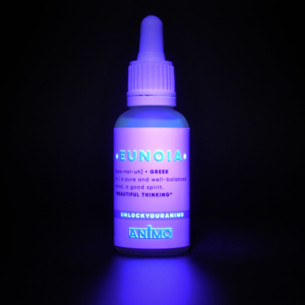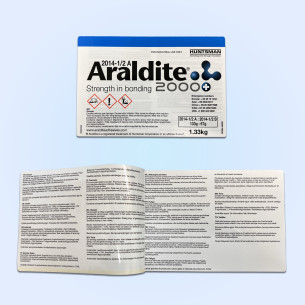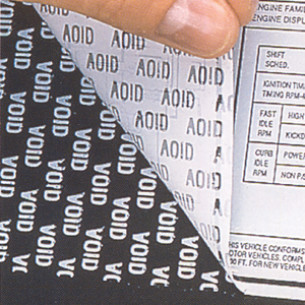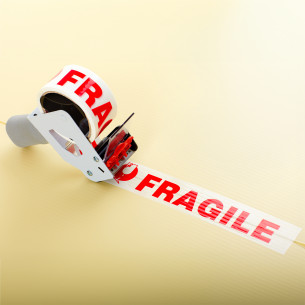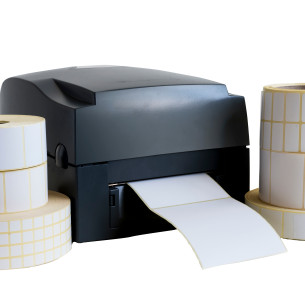Tactile warning triangles
Essential safety measures and legislation
In today’s safety-conscious environment, ensuring that products are accessible and safe for everyone, including those with visual impairments, is paramount. One significant element in achieving this is the use of tactile warning triangles. These small, raised symbols play a critical role in alerting visually impaired individuals to potential hazards, particularly those associated with dangerous substances. This article delves into the importance of tactile warning triangles, their requirements, and the European legislation that mandates their use.




